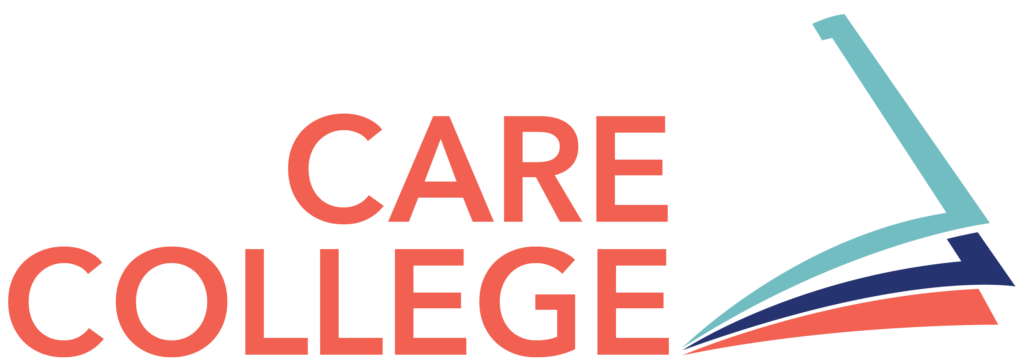Health & Safety Policy
Table of Contents
- Policy Statement
- Accidents and Near Miss Reporting
- Responsibilities and Duties
- Policy
- Emergency Evacuations
- First Aid
- Portable Electrical Equipment
- Manual Handling
- Training Equipment
- Smoking
Policy Statement
Our aim is to ensure, so far as is reasonably practicable, the health and safety of all staff, students, and members of the public within the college.Accidents and Near Miss Reporting
This will also cover visitors who are members of the public and therefore not classed as ‘at work.’ For the purposes of this procedure, brief definitions and examples of an ‘accident’ and a ‘near miss’ are given below.Accident
An unplanned event that causes injury to persons, damage to property, or a combination of both. Examples include a fall resulting in a fracture and impact injuries.Near Miss
An unplanned event that does not cause injury or damage but could do so. Examples include articles falling near to people and short circuits on electrical equipment. The Senior Management Team shall be immediately notified of accidents resulting in injuries to employees, students, pupils, public, and any contractor on the College’s premises which result in:- Death or major injury
- 24 hrs hospitalization
- Injury preventing the person from continuing at his/her normal work, or absence for more than three (3) days
- Accidents/incidents involving a staff, student, contractor, or a visitor (member of the public) requiring emergency service transfer to a hospital
Responsibilities and Duties
Care College Responsibilities
- Ensure that this Health & Safety Policy is implemented on a day-to-day basis and that sufficient resources are made available to achieve this.
- Maintain adequate records in relation to staff and learner health & safety (e.g., Induction).
Care College Staff Responsibilities
- Take reasonable care for the health and safety of themselves, visitors, and others who may be affected by their acts and omissions while on Care College premises and the sites where learners are working.
- Report promptly any accidents, incidents, unsafe conditions or practices, and potential risks to their line manager.
- Personally demonstrate good standards of health & safety practice.
- Take particular care in all practical teaching areas.
- Promote good practice through the quality of learning and understanding of health & safety.
Responsibilities of Learners and Course Delegates
- Familiarise themselves with all health and safety information provided by Care College and their employer.
- Follow and act upon any instructions given either verbally or in writing by a Care College member of staff in connection with health and safety.
- Bring to the attention of a member of Care College staff any difficulty in understanding health and safety information or instructions.
- Cooperate fully at all times with Care College to ensure that statutory obligations are met.
- Report immediately to a member of Care College staff any hazard, potential hazard, breakdowns in practice or procedures, unsafe conditions, or defects to equipment that may affect health and safety in the workplace or training centre.
- Report any accidents or incidents they are involved in.
- Ensure that, where necessary/required, the relevant PPE is used in the interests of health and safety.
- Advise their trainer/assessor of any personal difficulties associated with the use of any equipment provided.
- Provide Care College and their employer (where relevant) with any medical information which may affect personal health and safety or welfare.
Emergency Evacuations
The Health and Safety at Work (Jersey) Law 1989 requires every employer to establish suitable procedures to safeguard employees, so far as is reasonably practicable, in the event of imminent danger. The College has:
- Established procedures to follow in the event of serious and imminent danger to persons at work, including risks from non-occupational sources such as bomb alerts.
- Nominated competent persons to implement the above as regards the evacuation of premises.
- Ensured that no employee has access to a restricted area unless that employee has been appropriately trained.
Staff, Students, Parents, Visitors, and Contractors must:
- Cooperate with management to meet the requirements of these arrangements.
- Bring to their immediate manager’s attention any weaknesses or shortcomings in these arrangements so that additional control action can be implemented.
- Students must be instructed to follow the same procedures as employees of the College and familiarize themselves with the actions to take in the event of an emergency.
Staff on the premises:
- Ensure that their areas are clear and correct procedures are followed during an emergency.
- Report the presence of disabled individuals located in the college.
- Review all emergency activities regularly and if required put in remedial measures to ensure that the highest standard is maintained.
- Regularly inspect the means of escape and inspect firefighting equipment and fire warning signs.
- Be familiar with the different types of emergencies and the action to take.
- Locations of fire extinguishers on the work map.
- Display the “fire routes” sheet in your classroom.
- All appropriate kinds of extinguishers are in place.
- A guided system to the assembly area.
- A fire practice every three months, this includes all false alarms, which are recorded by the Site Manager.
Fire and Emergency Evacuation Procedures
On Hearing the Fire Alarm, you must leave the building immediately to avoid placing yourself, other staff, students, and members of the public in danger. Do not return to your office/department/classroom/desk or work areas to collect your coats or for any other reason. Terminate all telephone calls immediately. You must follow the instruction of College Staff. If you are asked to leave the building, do so immediately. Management and teaching staff will give you specific instructions as to what you should do and where you should go. These are also displayed in all teaching, reception, and resource areas.- When you leave the building, do so calmly but quickly. DO NOT return to your office/classroom to collect coats, bags, etc. DO NOT carry hot drinks.
- Where appropriate, ensure that members of the public are directed to the fire exits.
- Comply with the instructions of the staff; they are trained and appointed to ensure your safety.
- Do NOT re-enter the building until you receive instructions from the Facilities Team to do so.
First Aid
- First aid equipment can only be used by qualified staff – all staff in Care College are first aid trained.
- The equipment is checked and filled up at regular intervals by the College staff.
- All equipment replacements and refills are ordered through the College.
Portable Electrical Equipment
- Ensure that all electrical equipment and systems are treated reasonably and not misused in any way.
- Do not attempt to repair electrical equipment and systems. All defects must be reported to the Site Manager without delay.
- Never use electrical equipment in damp surroundings or where flammable vapors may be present unless you know that it is suitable for that purpose.
- The Facilities and ICT departments will conduct yearly visual electrical inspection.
- Portable and transportable equipment is visually inspected by the user on a regular basis.
- All loose connections and faults have to be reported immediately to the Site Manager, where all Maintenance requests from staff will be followed up promptly.
- Any leads/extensions will be properly used with covers to prevent trips and falls.
Manual Handling
To comply with the requirements of the Manual Handling Regulations, the College must undertake the following actions:- Avoid the need for hazardous manual handling as far as reasonably practicable.
- Identify all manual handling activities in the College that cannot be avoided.
- Assess the risk of injury from any hazardous manual handling activity that cannot be avoided.
- Reduce the risk of injury from hazardous manual handling as far as reasonably practicable.
- Control the risk using the hierarchy of controls.
- Provide information, training, and instruction.
- Review the effectiveness of the risk control.
- The hazard identification, risk assessment, and control process should be undertaken in conjunction with the affected staff and where required, assistance from the safety representative.
- Each step in the process must be documented.

